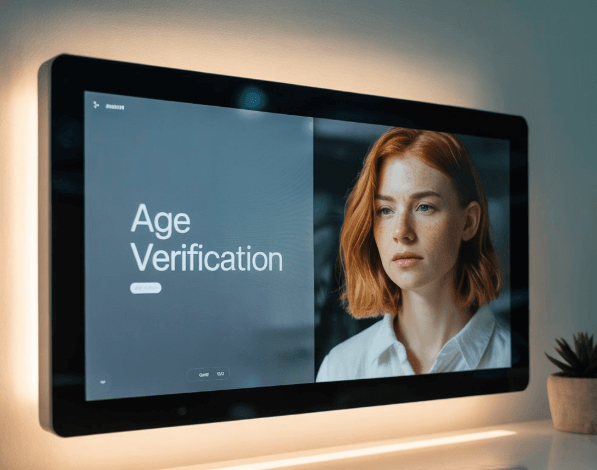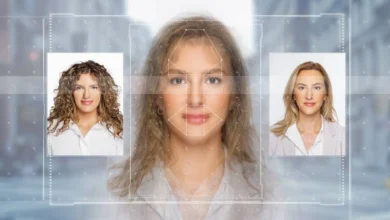Age Verification in the Digital Era: Why It Matters More Than Ever

Introduction
With the rapid growth of digital platforms, ensuring user authenticity and safety has become more important than ever. Whether it’s online gaming, e-commerce, social media, or adult content, platforms must verify that users meet age requirements. This is where age verification technology plays a crucial role in protecting both users and businesses.
Traditional methods like checking a date of birth or uploading a photo of an ID are no longer reliable in today’s digitally advanced world. With the rise of synthetic identities and AI-generated media, verifying someone’s age has become a complex challenge.
What is Age Verification?
Age verification is the procedure of identity verification of a user to ensure that they are of legal or appropriate age to access some digital services and content. This process is critical in industries where age limits are legally implemented like sales of alcohol, gambling, adult entertainment, and those social media networks that have minimum age limit.
The modern age verification systems apply biometric technologies including facial recognition and document scanning to analyze and verify the authenticity of the ID of a user and compare it to his or her facial data.
Why is Age Verification Important?
Legal Compliance: There are very many stringent regulations that are enacted especially in countries where digital platforms cannot allow underage users to access restricted content or services.
User Safety: Age verification prevents minors from viewing inappropriate material and harmful interaction.
Brand Reputation: Platforms that have strong verification measures demonstrate to consumers that they are responsible and reliable, thereby increasing consumer confidence.
Challenges in Age Verification
Although it is important, age verification has several challenges:
Fake IDs and Identity Fraud: Users can try to break systems by means of stolen or modified identification.
User Privacy: Gathering biometric or personal data should be made while observing all the privacy regulations such as GDPR and CCPA.
AI-Generated Media: Rise of deepfakes makes it hard to differentiate between real and counterfeit users.
This is where technologies such as deepfake detections come in handy. Through determining the AI-created content or spoofed identities, the platforms can have a better understanding of whether the user who submits the verification is real.
Deepfake Detection in Age Verification.
To enhance the accuracy of age verification, many platforms are currently integrating deepfake detection tools on their identity verification system. These tools use video or image submissions to find out whether they have been manipulated artificially or not.
For instance, if a user uploads a selfie together with an ID, then deepfake detection software can scan the image for any inconsistencies with lighting, pixel pattern, or unnatural movements – all of which may point out that a deepfake is at play. This extra security measure enables platforms to avoid fraudulent access and allows only real, eligible users to be granted access.
Advanced Age Verification Systems – Benefits
Real-Time Verification: Quick and reliable validation without manual checking.
Fraud Prevention: Helps to eliminate the risk of under-aged people or bad actors accessing age-restricted content.
Improved User Experience: Simplified processes that are easy to go through but still ensuring security.
Regulatory Compliance: Assists the businesses to comply with national and international laws on age restrictions and identity protection.
The Future of Age Verification
As online threats keep on changing, the technology used to protect users should change too. AI, biometrics, and fraud detection will be more significant in building safe and accountable digital spaces. We can expect the use of liveness detection, facial biometrics, and the digital IDs based on blockchain in the age verification systems.
The deepfake technology will also continue to evolve and detecting deepfake will become a critical feature in the identity and age verification solutions. Early adoption of these technologies by businesses will help them to avoid fraud, stay compliant and keep up the trust of the users.
Conclusion
In the world that is digital and risky, and where the regulatory duties abound, age verification is no longer an option but a necessity. Platforms need to invest into smart, secure and scalable solutions to protect their users and their reputation. With the integration of state-of-the-art technologies such as the ability to detect deepfakes and biometric authentication, businesses can remain one step ahead in the war against digital fraud.





